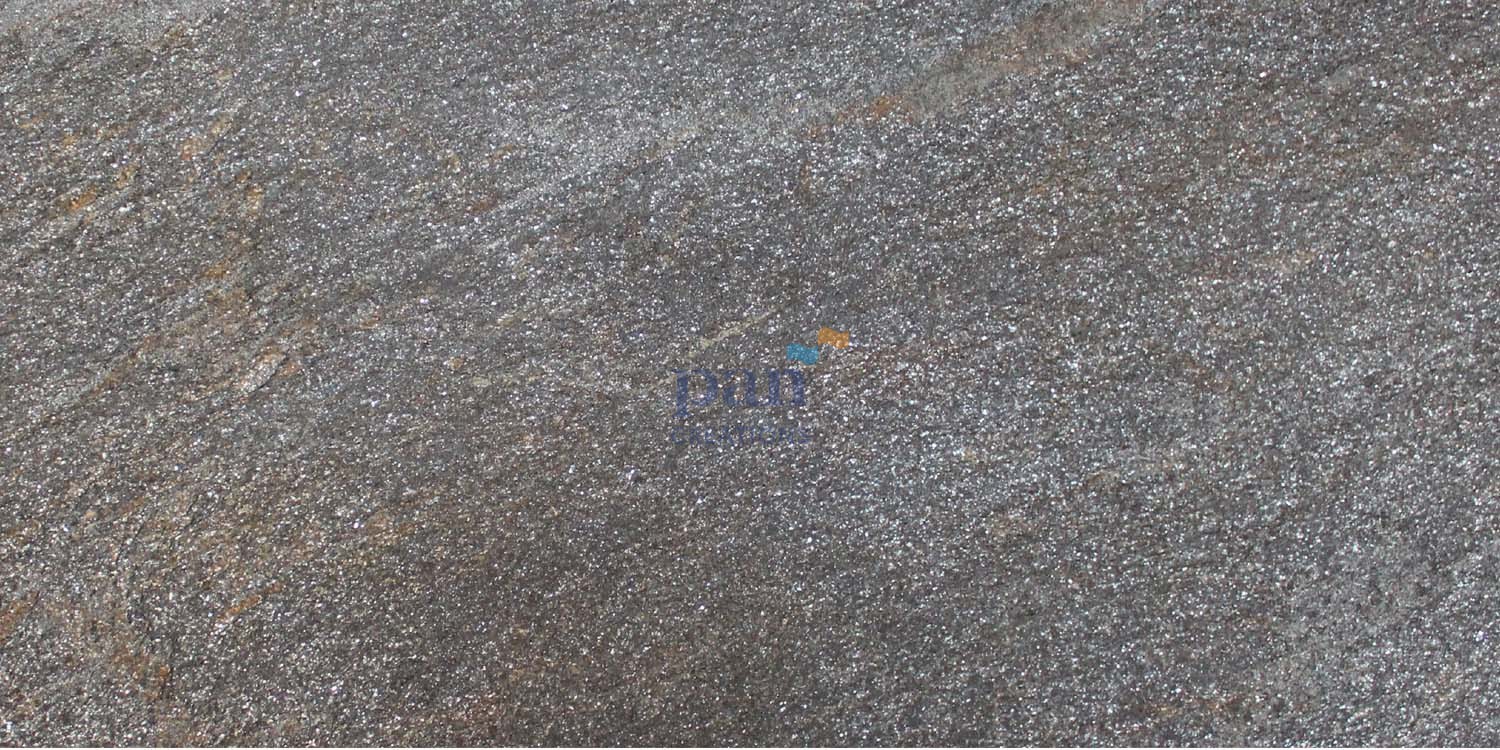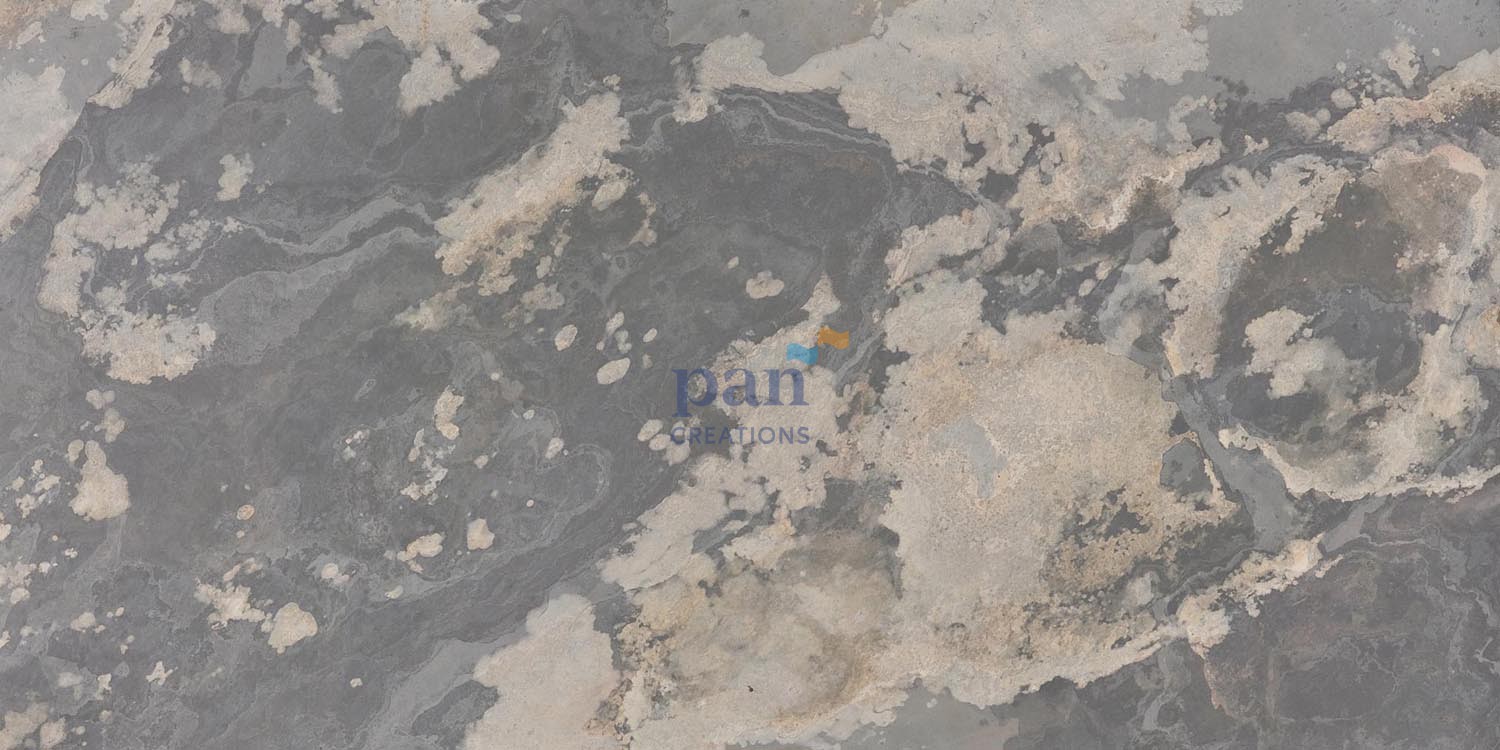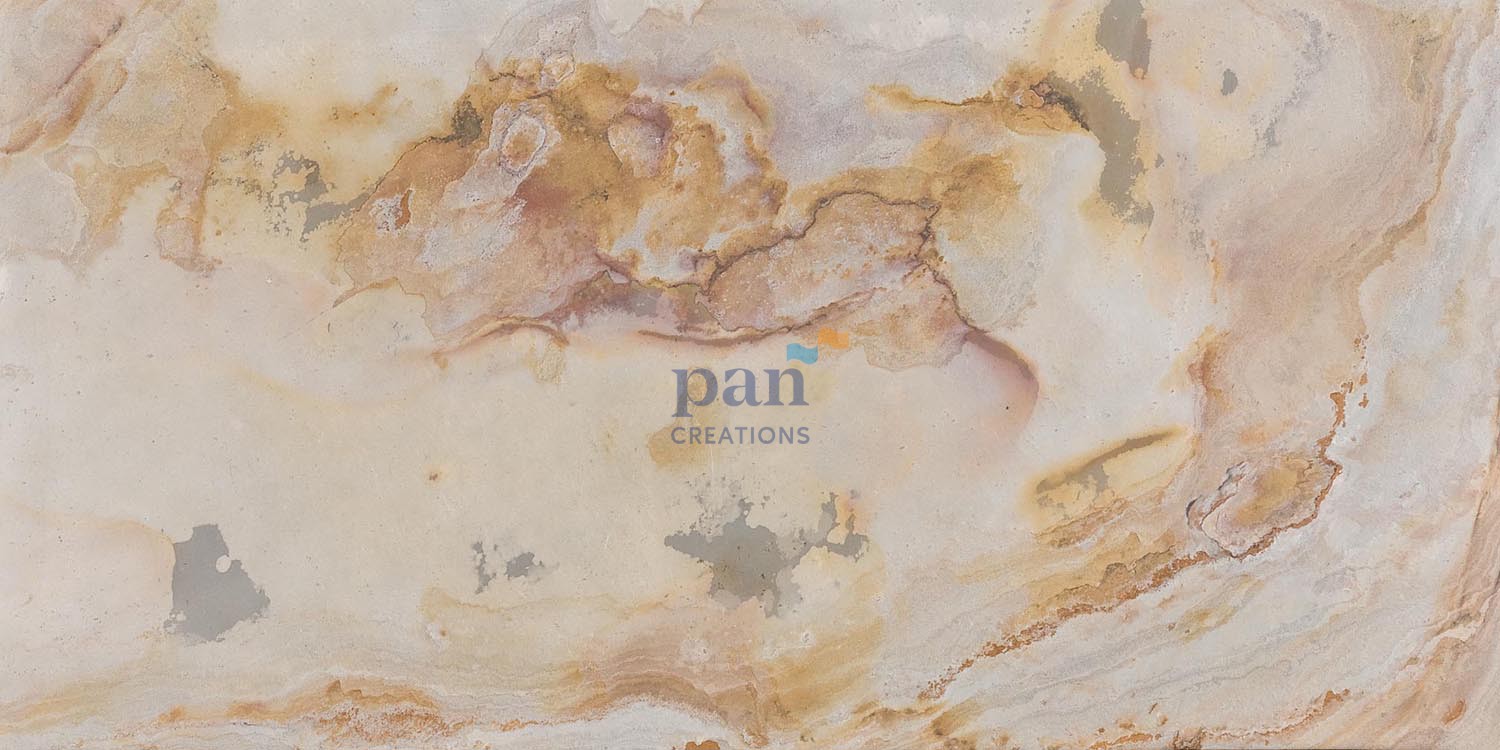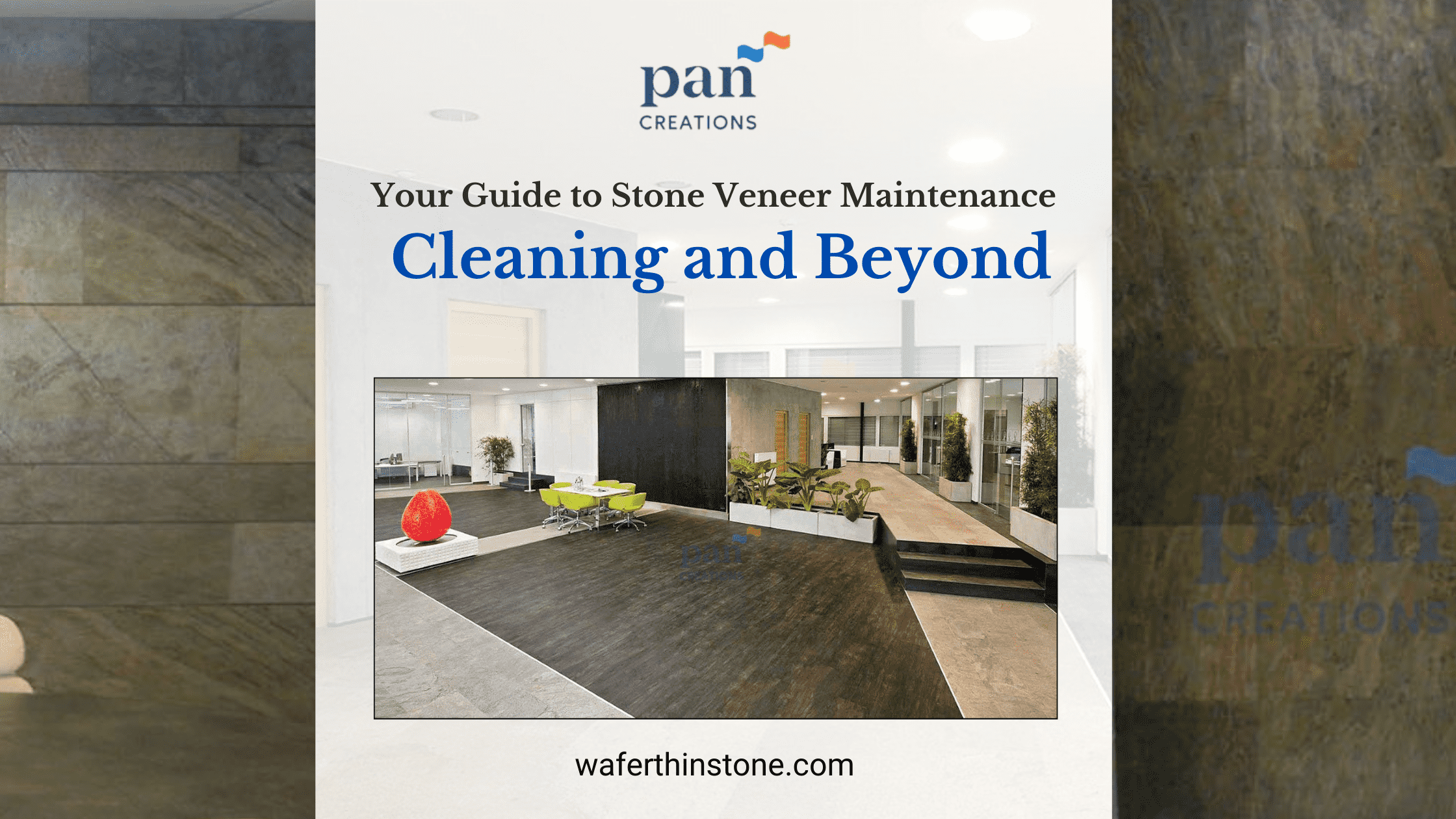Stone veneer serves as a cost-effective and visually appealing alternative to natural stone, adorning homes with its exterior siding that expertly mimics real stone’s appearance. Regular cleaning and maintenance of stone veneer are essential to preserve its beauty, prevent stains, and ensure it remains visually striking. How to clean stone veneers is a pivotal aspect of homeownership, underscored by the need for regular inspections to identify minor issues early on. These preemptive measures allow for timely repairs, safeguarding against the escalation into more significant, costly problems.
Addressing the crucial aspects of stone veneer maintenance, this article delves into effective strategies for regular inspection and cleaning, how to clean exterior stone veneers without causing damage, and the importance of avoiding harsh chemicals. Additionally, it will highlight the benefits of sealing stone veneer to extend its lifespan, the role of professional maintenance in preserving the veneer’s aesthetics, and the overall impact of these practices on maintaining property value. Through these insights, homeowners will be equipped with knowledge on how to clean veneer properly, ensuring its longevity and sustained visual appeal.
Regular Inspection and Cleaning
Regular inspection and cleaning of stone veneer are crucial steps in maintaining its aesthetic appeal and longevity. Here’s how to approach these tasks effectively:
Regular Cleaning
Routine Rinse: Begin with a light spray or rinse with water to remove loose dirt. This simple step can be performed as often as needed to keep the veneer looking fresh.
Dealing with Stubborn Dirt:
- Wet the stone veneer using a spray bottle filled with warm water mixed with a few drops of mild detergent.
- Gently scrub the surface with a soft-bristled brush to dislodge dirt without damaging the stone.
- Rinse thoroughly to remove any detergent residue, ensuring the natural look of the stone veneer is preserved.
Periodic Inspection
Frequency: Conduct a thorough inspection of your stone veneer siding every six months. This helps in identifying any potential issues such as damaged or loose stones early on.
Post-Storm Checks: It’s essential to inspect the veneer after severe weather conditions. Storms can exacerbate or reveal vulnerabilities in the veneer that require prompt attention.
Key Areas to Check:
- Look for loose or missing pieces of veneer.
- Check for cracks in the stone or worn-down grout that may need resealing or repair.
- Inspect for signs of wear or damage, such as chipped edges or dislodged stones.
Must Read: Stone Veneer vs Natural Stone: An In-Depth Analysis
Cleaning Techniques and Precautions
Gentle Cleansers: Opt for mild cleaning solutions like vinegar or dish soap diluted in warm water. These are effective in cleaning without risking damage to the stone.
Soft Cleaning Tools: Use a soft, wet sponge or a soft-bristled brush for scrubbing. This ensures the surface is cleaned without scratching or scuffing.
Avoid Harsh Methods:
- Steer clear of wire brushes and pressure sprayers, which can be too abrasive for stone veneer.
- Acidic cleaning materials should also be avoided as they can erode the stone surface over time.
By adhering to these guidelines for how to clean stone veneers and conducting regular inspections, homeowners can ensure their stone veneer remains in pristine condition for years to come. Remember, the key to stone veneer maintenance is a gentle approach to cleaning and vigilance in spotting potential issues before they escalate.

Addressing Repairs Promptly
Addressing repairs promptly is a critical aspect of how to clean stone veneer and maintain its integrity over time. Here’s a structured approach to ensure that minor issues don’t escalate into major concerns:
Regular Inspections:
- Conduct inspections periodically to identify any signs of damage such as cracks, chips, or loose stones.
- For newly installed stone, allow any wet mortar or grout to dry before cleaning. Remove it the same day as installation to prevent staining.
Immediate Repair Steps:
- Re-grouting: If you notice loose or dried grout, it’s essential to re-grout these areas to prevent stone veneer blocks from falling out. Use a vinyl-infused mortar to fill in cracks and match the existing mortar.
- Reattaching Stones: Use a fast-setting exterior epoxy or a professional landscaper’s recommended glue for reattaching fallen stones. Apply adhesive to the back of the stone and gently tap it into place, leaving supports overnight for a secure hold.
- Replacing Damaged Sections: If the underlying metal lath is damaged or if there are significant sections of stone veneer missing, complete replacement is necessary—dry fit new stone veneer sections to ensure a snug fit before applying mortar.
Preventative Measures:
- Prompt Cleaning: Clean up spills such as oil, wine, or other liquids immediately to prevent staining.
- Repointing: This involves removing damaged mortar joints and repointing with new mortar to maintain the structural integrity and appearance of the stone veneer.
By adhering to these guidelines for prompt repair and maintenance, homeowners can significantly reduce repair costs and ensure their stone veneer remains visually appealing and structurally sound for years. Regular attention to minor issues prevents them from becoming major problems, safeguarding the beauty and durability of the stone veneer.
Must Read: How to Select the Ideal Stone Veneer for Fireplace?
Avoiding Harsh Chemicals and Techniques
When it comes to maintaining the pristine appearance of stone veneer, the choice of cleaning agents and techniques plays a pivotal role. Here are essential guidelines to ensure that the cleaning process preserves rather than harms the stone veneer:
Appropriate Cleaning Solutions:
- Water and Soap: A simple yet effective method involves using water and a mild dishwashing detergent. This combination is gentle enough not to damage the stonework.
- Specialized Stone Cleaners: For more thorough cleaning, opt for cleaners specifically designed for stone veneer. Ensure these are free from acid, ammonia, bleach, or concrete cleaner to prevent color stripping.
- Vinegar Solution: A mix of warm water and vinegar can be an eco-friendly alternative for removing grime without harsh chemicals.
Prohibited Cleaning Agents and Tools:
- Harsh Chemicals: Avoid any cleaning products containing harsh substances such as acid, ammonia, or bleach. These can dull the vibrant color of your stone veneer.
- Abrasive Tools: Wire brushes and pressure washers should be avoided as they can scratch the surface or dislodge stones. Instead, use a soft, wet sponge for scrubbing.
- Pressure Washing: Despite its efficiency, pressure washing is not recommended for stone veneers. The high pressure can force water behind the veneer or dislodge stones, leading to potential damage.
Sealing Considerations:
- While Horizon Stone products do not require a sealer, if one chooses to apply it, selecting the right type is crucial. Opt for breathable silane or siloxane-based sealants and strictly avoid any products with acid to ensure the veneer’s integrity and appearance are not compromised.
By adhering to these guidelines, homeowners can effectively clean their stone veneer, ensuring its longevity and aesthetic appeal. Remember, the key is to use gentle cleansers and avoid harsh chemicals and techniques that could potentially damage the stone veneer.

Sealing Stone Veneer
Sealing stone veneer is an optional but beneficial step in maintaining the appearance and durability of the material, especially in environments exposed to moisture or extreme weather conditions. Here’s how to properly seal stone veneer, following best practices and manufacturer recommendations:
Choosing the Right Sealer:
- Breathable Sealers: Opt for silane or siloxane-based masonry sealers that allow for moisture vapor transmission. These sealers protect the stone while maintaining its breathability, crucial for avoiding trapped moisture.
- Water-based Penetrating Sealers: Recommended for their effectiveness and less environmental impact. These sealers penetrate the stone, protecting it without altering the stone’s natural appearance.
- Test First: Always apply the sealer to a small, inconspicuous area to ensure it doesn’t negatively affect the stone’s color or texture.
Application Process:
- Preparation: Ensure the stone veneer is clean and dry. Moisture content in the stone should equalize for up to six months, depending on weather conditions, before sealing.
- First Coat: Use a paintbrush for detailed application, covering every crevice and grout joint. If dealing with rugged or uneven surfaces, a landscape sprayer might be more effective. Dilute the paver sealant with xylene (half and half) for easier application. Allow this coat to dry as per the label’s instructions.
- Second Coat: Apply a second coat to provide additional protection, especially on more porous stone veneer surfaces, which may require more coats. The stone will appear wet right after application, enhancing its colors and making it easier to clean.
Maintenance and Reapplication:
- Regular Resealing: Depending on the sealer type and environmental conditions, reapply the sealer every 2 to 3 years to maintain its protective qualities.
- Weather Considerations: Apply the sealer in suitable weather conditions to ensure proper drying and adherence. Avoid sealing in extremely cold temperatures or high humidity.
- Manufacturer Recommendations: Consult the stone veneer manufacturer or supplier for specific sealer recommendations and application frequency to ensure compatibility and optimal results.
By following these guidelines, homeowners can add an extra layer of protection to their stone veneer, enhancing its resistance to discoloration, rust, mineral streaking, and efflorescence. Sealing is a personal choice that, when done correctly, prolongs the life and beauty of stone veneer installations.
Must Read: How Long Does It Take to Fit a Full Set of Veneers?
Professional Maintenance and Inspection
For homeowners seeking professional assistance in maintaining their stone veneer, a variety of specialized services are available. These services ensure that your stone veneer remains in optimal condition, enhancing its longevity and aesthetic appeal. Here’s a breakdown of what some companies offer:
ProVia and Casa di Sassi:
- Both companies emphasize the low-maintenance design of their stone veneer products.
- Casa di Sassi stands out with its new stone veneer manufacturing capabilities, which allow for increased production. This ensures homeowners have access to a variety of stone veneer profiles to match their specific design needs.
- ProVia’s commitment to low-maintenance stone veneer means homeowners can enjoy the beauty of their stone without the constant worry of upkeep.
Purchasing and Care Guidance:
Casa di Sassi and Harristone:
- Casa di Sassi advises homeowners to purchase stone veneers up to six months in advance. This planning ensures that the necessary materials are available when needed, especially for larger projects.
- For detailed guidance on caring for your stone veneer exterior, Harristone offers valuable insights and recommendations. They can provide specific advice tailored to the unique characteristics of your stone veneer, ensuring it remains in pristine condition.
Professional Inspection:
- It is advisable to have a professional inspect your stone veneer periodically. This is especially important if you notice any issues or have concerns about the integrity of the veneer. A professional inspection can identify potential problems early, allowing for timely interventions that prevent more significant issues down the line.
By leveraging the expertise of these companies, homeowners can ensure their stone veneer remains a beautiful and durable addition to their home. Whether it’s selecting the right product, ensuring proper installation, or addressing maintenance and repairs, these professional services offer peace of mind and help maintain the value and appeal of your stone veneer.

Conclusion
Through the comprehensive exploration of stone veneer maintenance, we’ve provided valuable insights into the importance of regular inspection, gentle cleaning techniques, and prompt repairs to maintain its allure over time. This knowledge equips homeowners with the necessary tools to ensure their stone veneer remains visually appealing and structurally sound, thereby enhancing their home’s aesthetic appeal and preserving its value. The emphasis on avoiding harsh chemicals, coupled with potential sealing benefits, underscores dedication to sustaining the stone veneer’s integrity while keeping maintenance efforts environmentally friendly and effective.
In conclusion, maintaining your stone veneer is an integral practice that not only upholds its beauty but also contributes significantly to your property’s overall longevity and value. Homeowners are encouraged to apply the outlined maintenance strategies diligently and to consider professional services for optimal results. For those looking to enhance their home with high-quality stone veneer options, Pan Creations India stands out as a premier manufacturer and exporter, offering a diverse range of real sandstone and flexible stone veneer products. By committing to regular upkeep and utilizing superior materials, you can enjoy the timeless elegance and durability stone veneer brings to your home for years to come.

